Since most kids this age have limited vocabulary and writing skills. They often resort to visual forms of expression. This means that early-grade educators must rely heavily on creative projects to engage their students. This Artist Converts Kids’ Drawings into Attractive Toys with her special talent.
As a fundamental part of being human, communication is essential. Young people use a wide range of “languages” in their interactions. The ability to freely and openly express one’s thoughts and emotions through art is a valuable and appealing trait for many people.
Violeta Vasilevičiūtė-Pocienė the artist on the topic has joined for an interview with BoredPanda, Violeta talked about her creations and the background of the process.
When Tsao’s then-4-year-old son kept drawing a picture of himself, she decided to make a stuffed version in 2007. Tsao launched a business taking children’s artwork after witnessing the boy’s enthusiasm upon realizing the product was based on his own invention. She collects their drawings and then follows up with them to verify the specifics before re-imagining them as plush toys.
Like the youngsters who create them, the artwork is always fresh and unique. Everyone has a favorite imaginary, drawn, or actual childhood pal.
I mean, just imagine how awesome it would have been if someone had made those made-up animals a reality. Exactly what Vancouver-based artist Violeta Vasilevičiūtė-Pocienė does; she creates real-life plush toys based on children’s drawings.
More info: www.boredpanda.com
#1
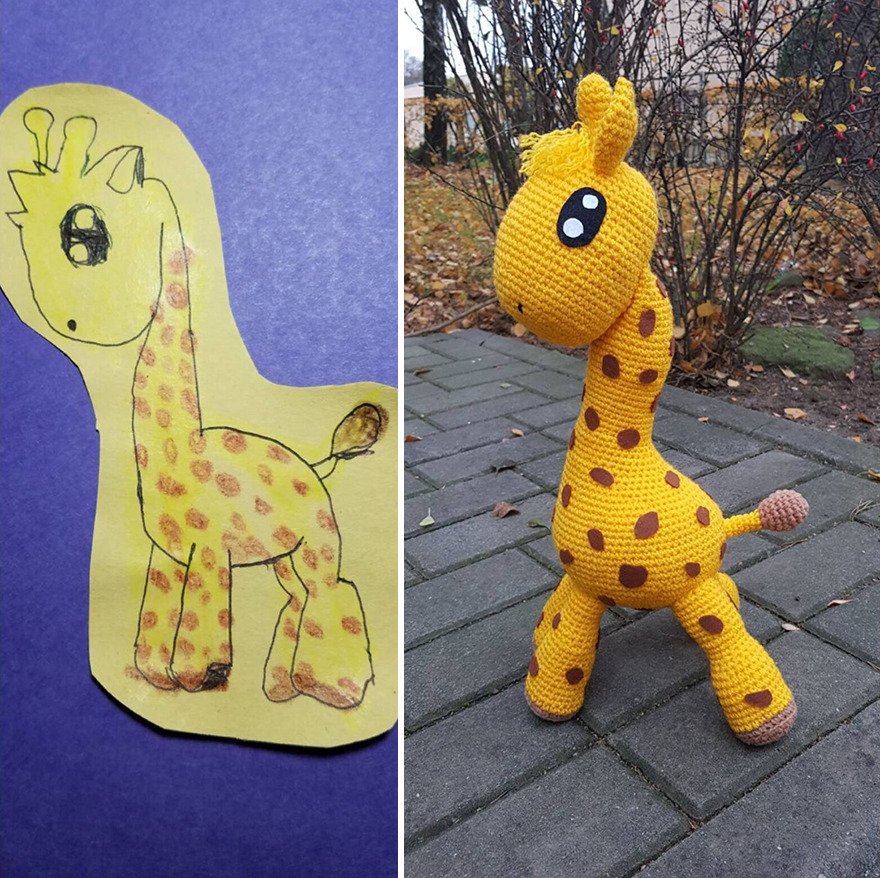
Unexpectedly Straightforward and Easy to Operate
You can create an animated version of your game by drawing it on paper, taking a picture of it, and then playing it on your mobile device. Make your own game by writing your own story, conceiving your own protagonist, and constructing your own set of challenges.
#2
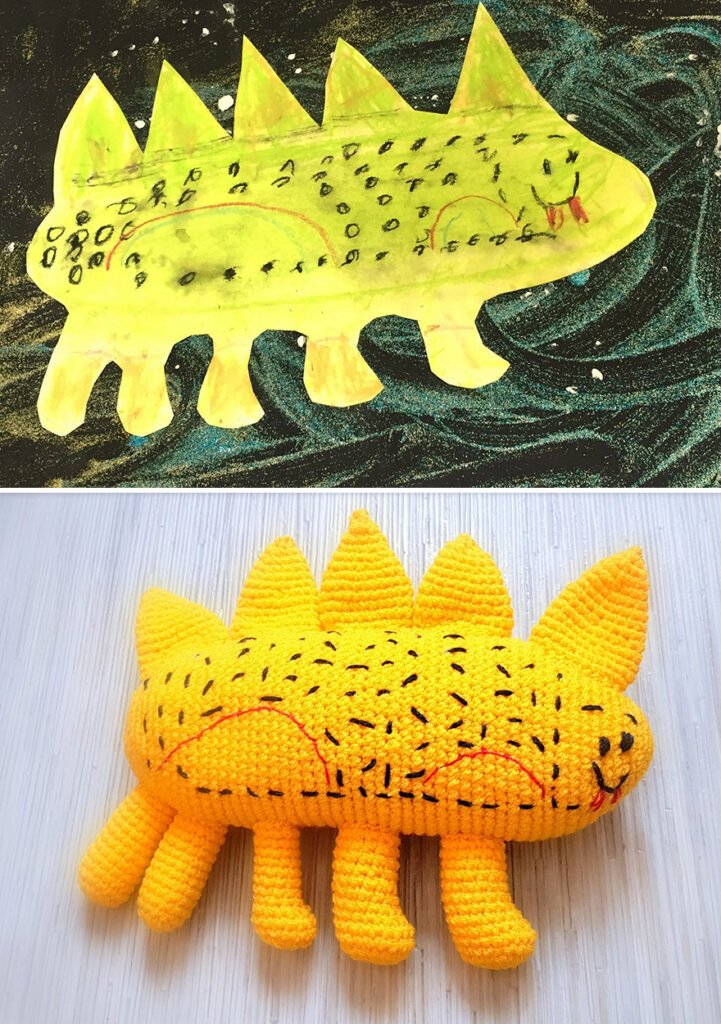
Toy production from sketches might be difficult.
The drawing is always unique and requires careful consideration of every aspect. Answering a question about how long it takes to make a single toy, you said: “Making a small toy can be accomplished in a day. It could take two or three days if the project is larger and the kids are drawing a lot of details.
#3

Changes and Progression
We can all agree that children’s artwork shows signs of progression in terms of style and technique. Lowenfeld’s study, which is widely regarded as laying the groundwork for subsequent studies of children’s art, took a methodical look at children’s artwork beginning in infancy and continuing into the teen years.
#4
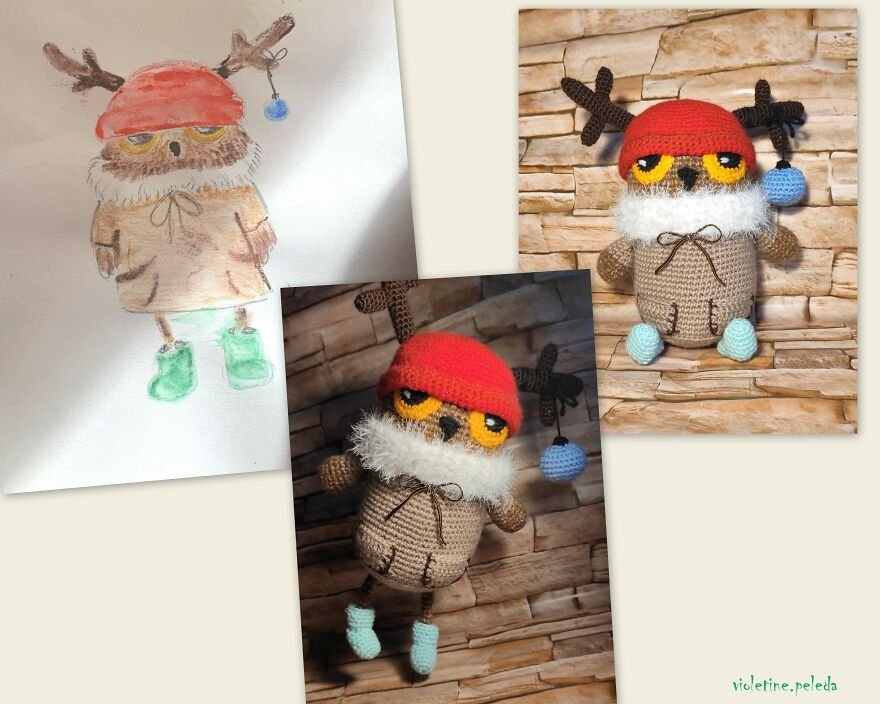
Create Your Own Art by Doodling
Every youngster enjoys making marks by dragging a pencil across the paper. For many kids, making these marks is their first experience with art. Most children learn to breathe on their own about the time they turn one and a half.
#5
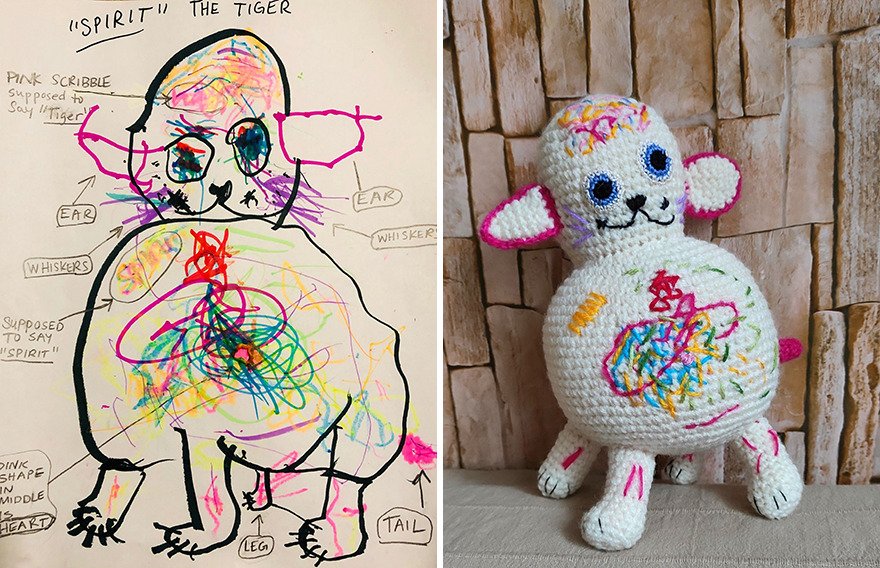
Pay more attention to the process than the result Result.
Parental praise for children’s accomplishments is common: “What’s that a picture of?” Build what, a house? What a fantastic development! Furthermore, we often become stuck on the idea that trees must be green and not purple. We play “Guess the Color” games from time to time.
#6

The creative act as a procedure
Children’s art time should be used to encourage free thought and material exploration. Encourage youngsters to find joy in the imaginative process of creating art as a means of expressing their innermost thoughts and emotions.
#7

Artwork that is perfect for kids
Providing children with art supplies and encouraging them to experiment on their own is the best method to encourage creative expression. Permit the kids to decide how they’d want to use the supplies. When students create their own pieces, kids have a deeper understanding of art and a greater appreciation for it.
#8

#9
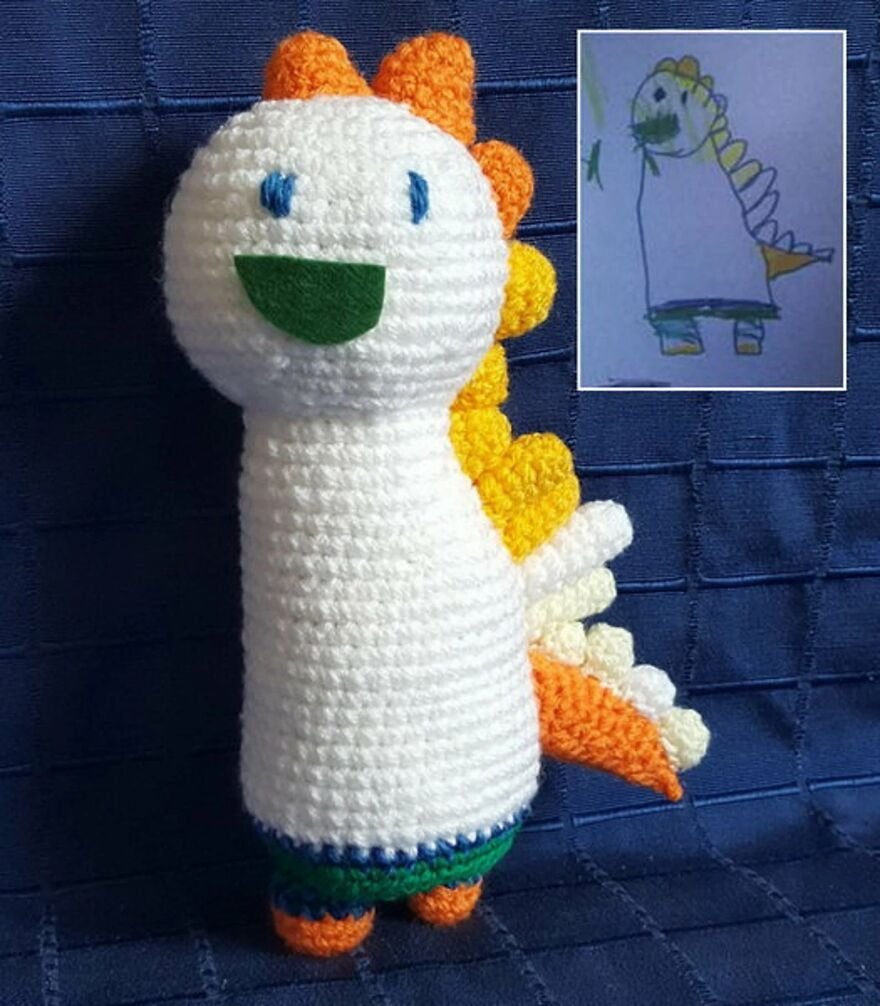
#10

#11

#12
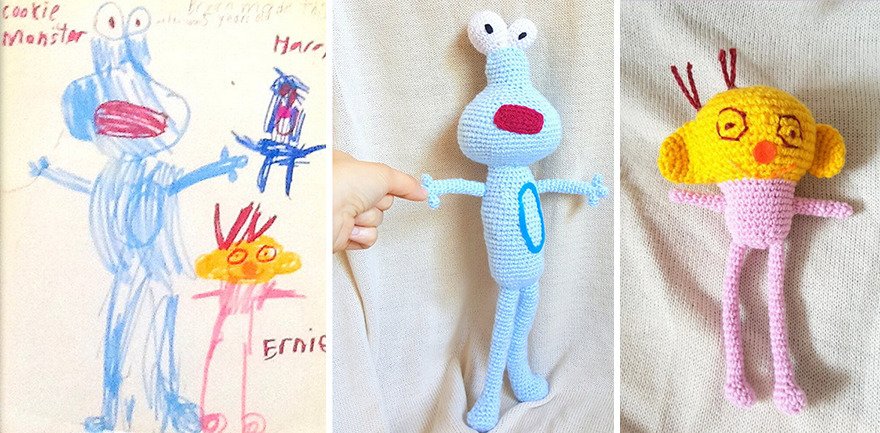
#13
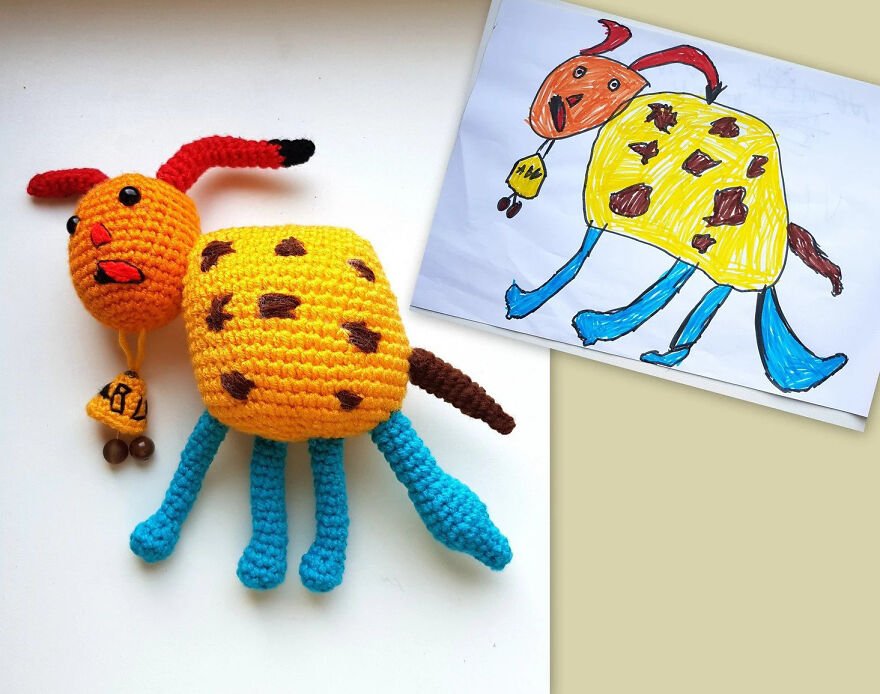
#14
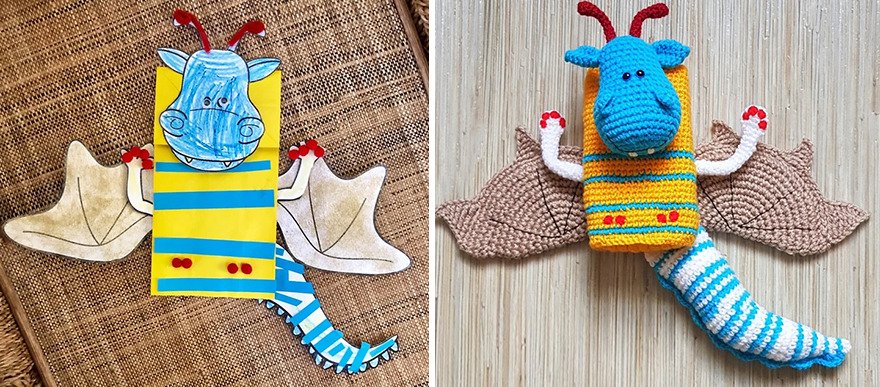
#15
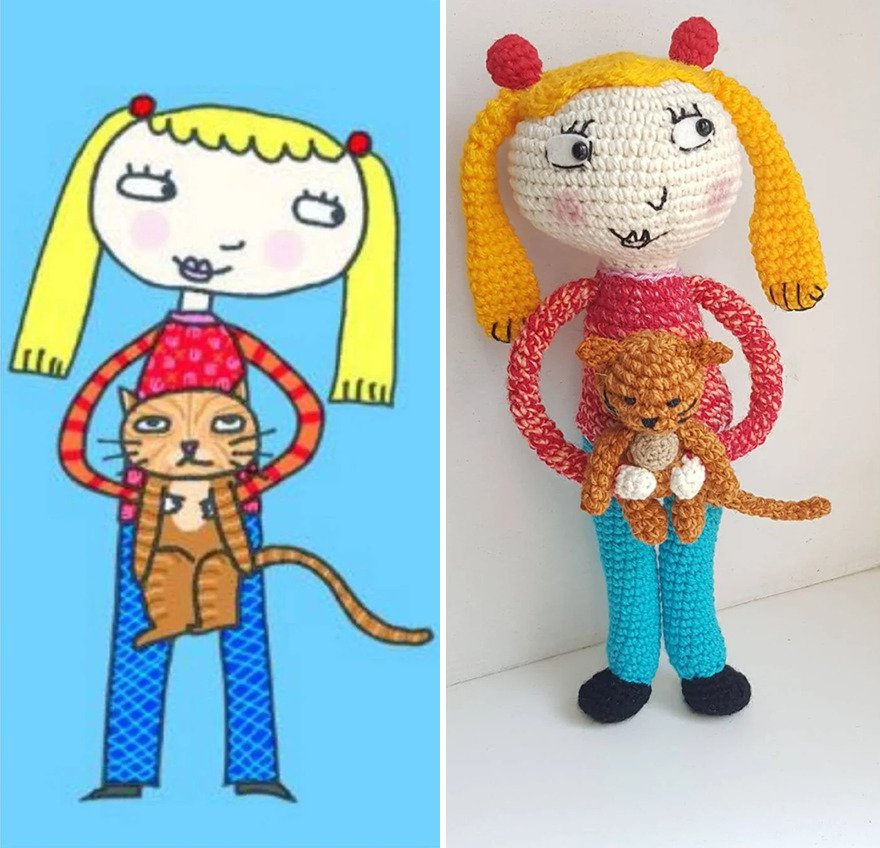
#16

#17

#18
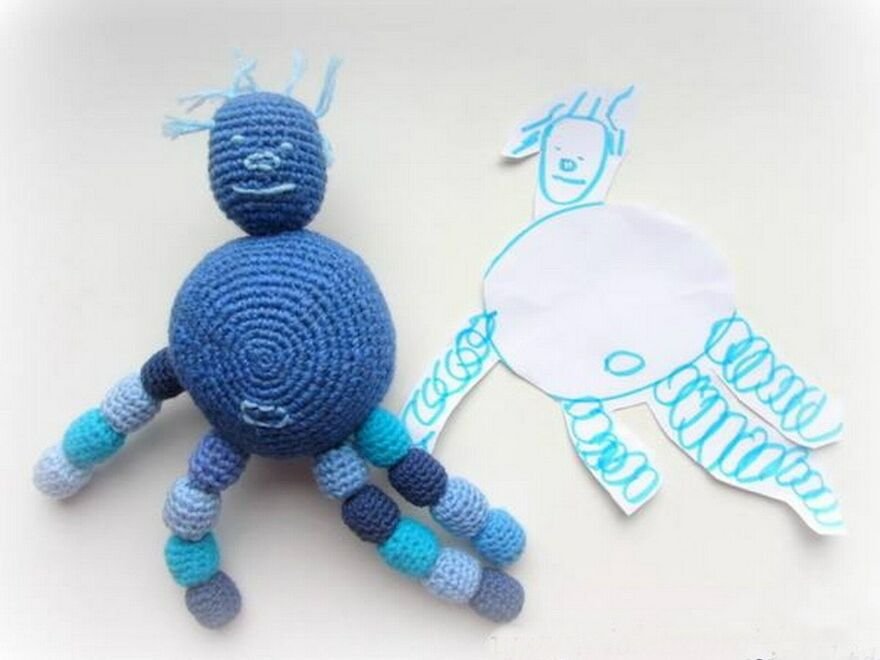
#19

#20



